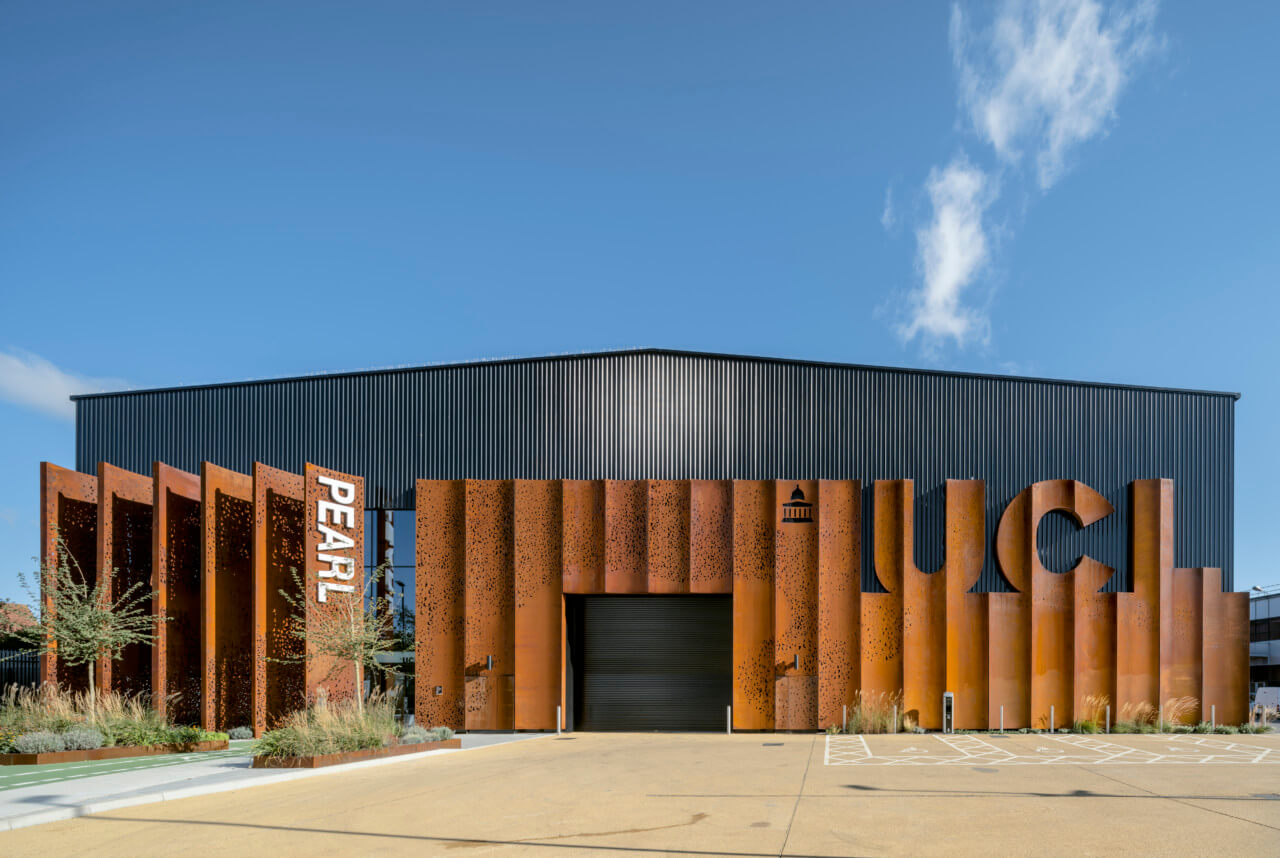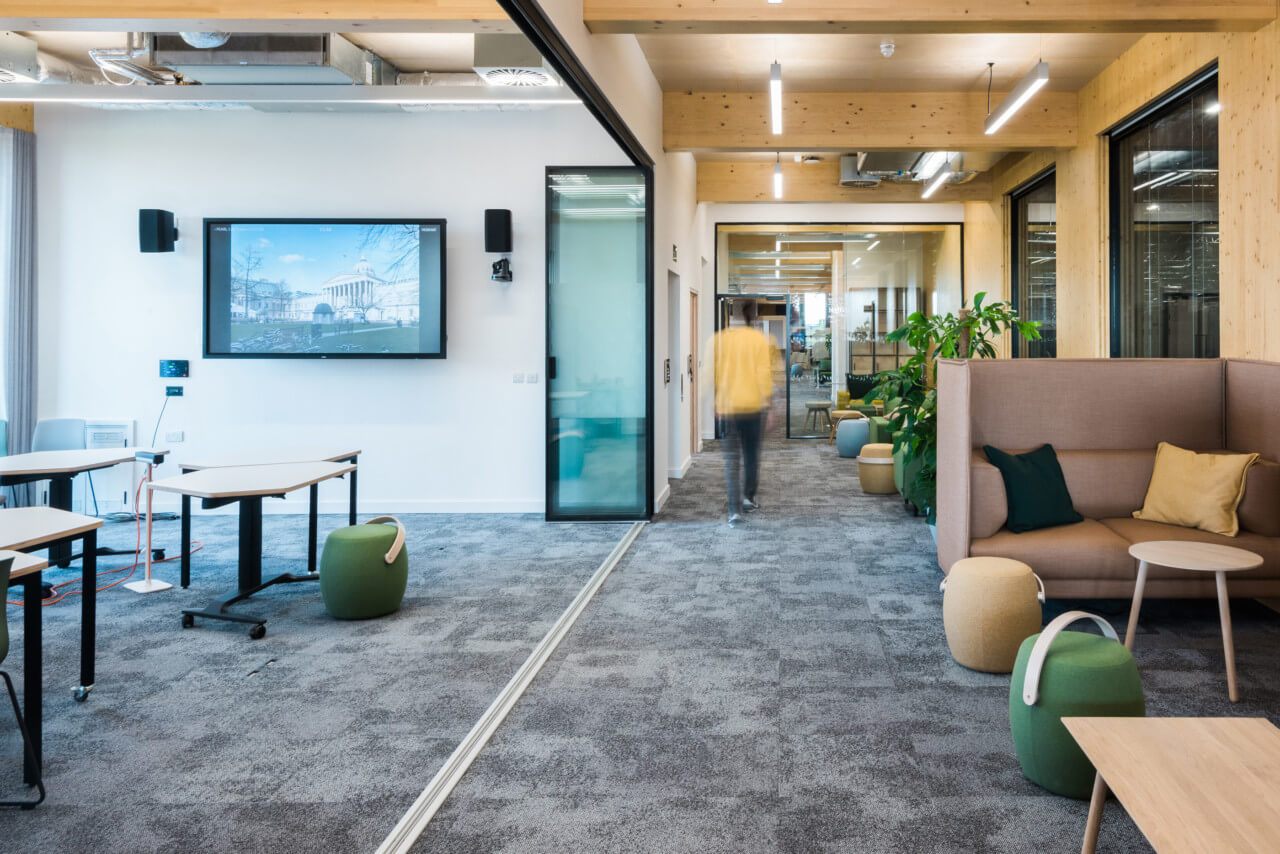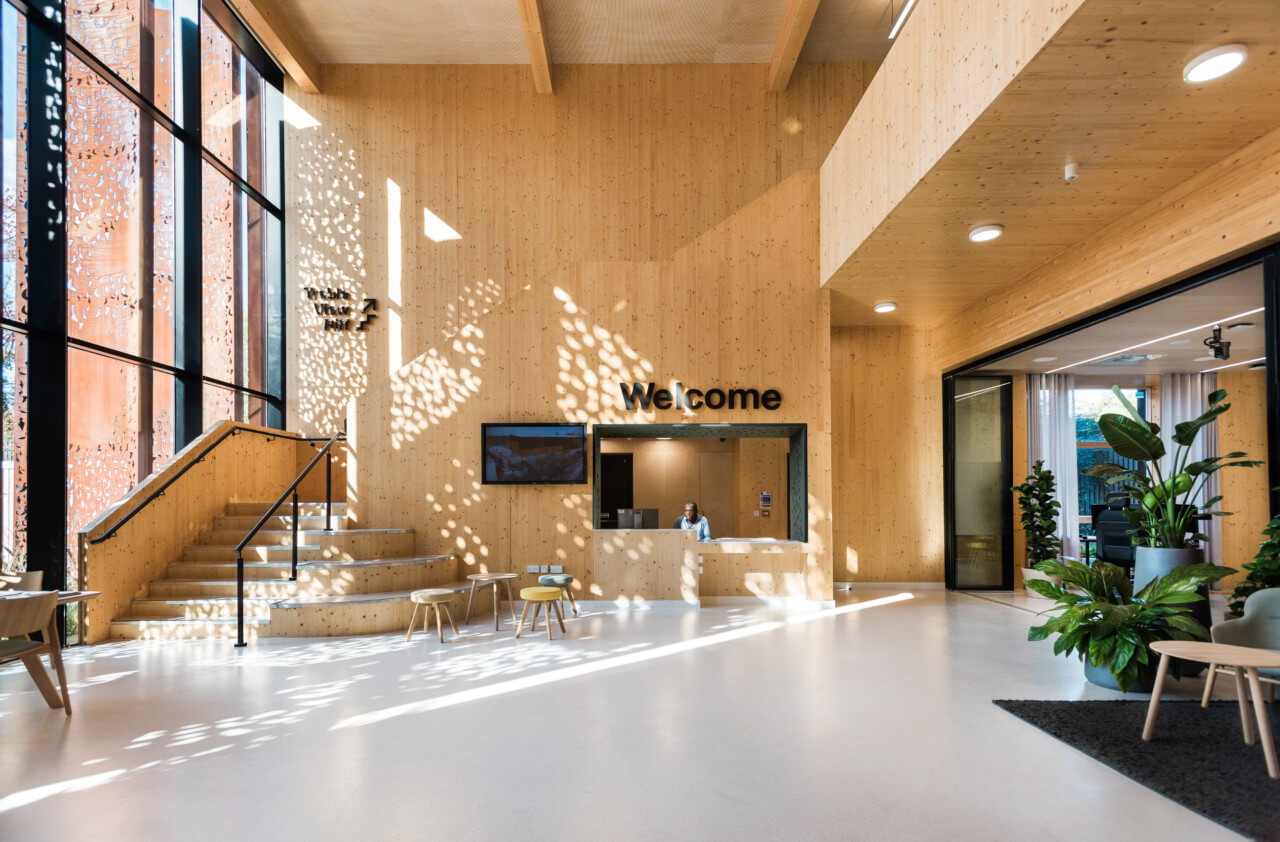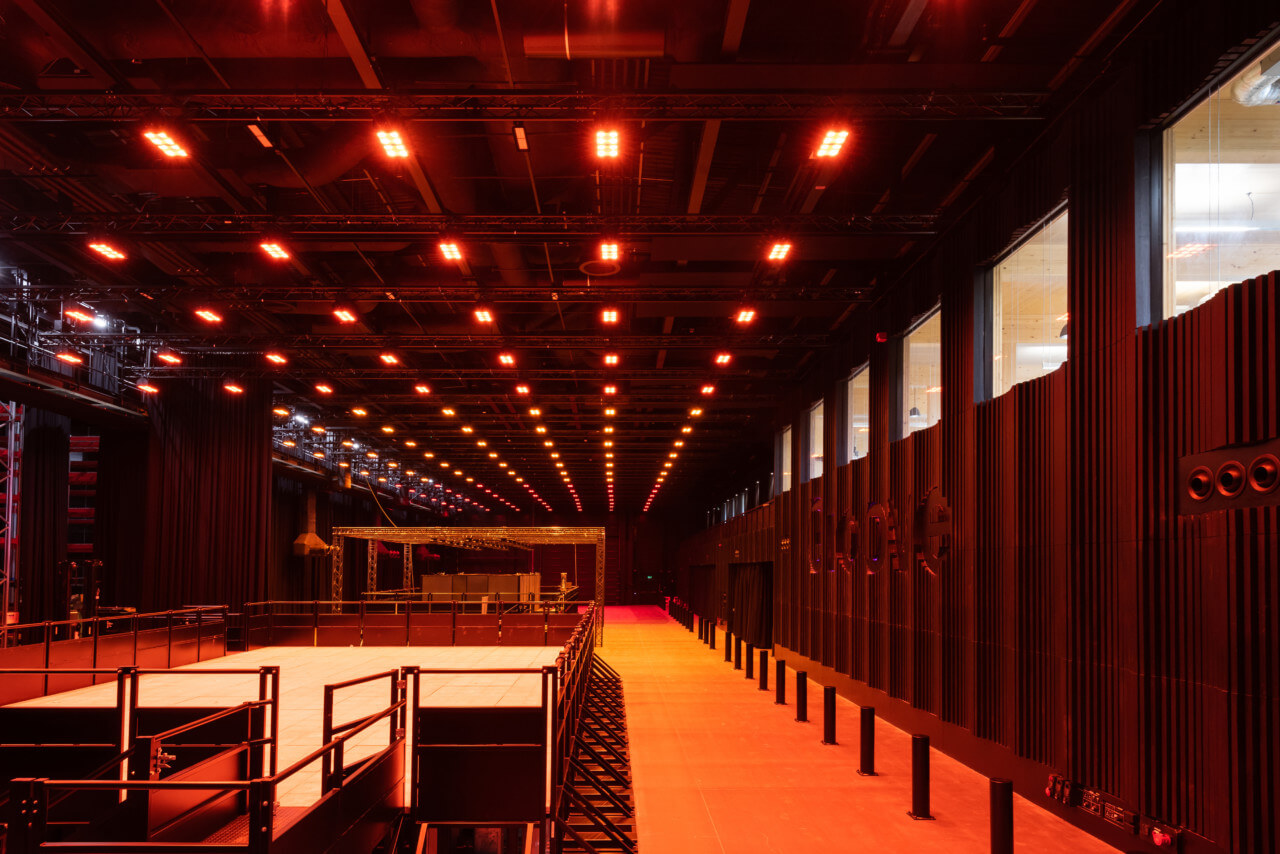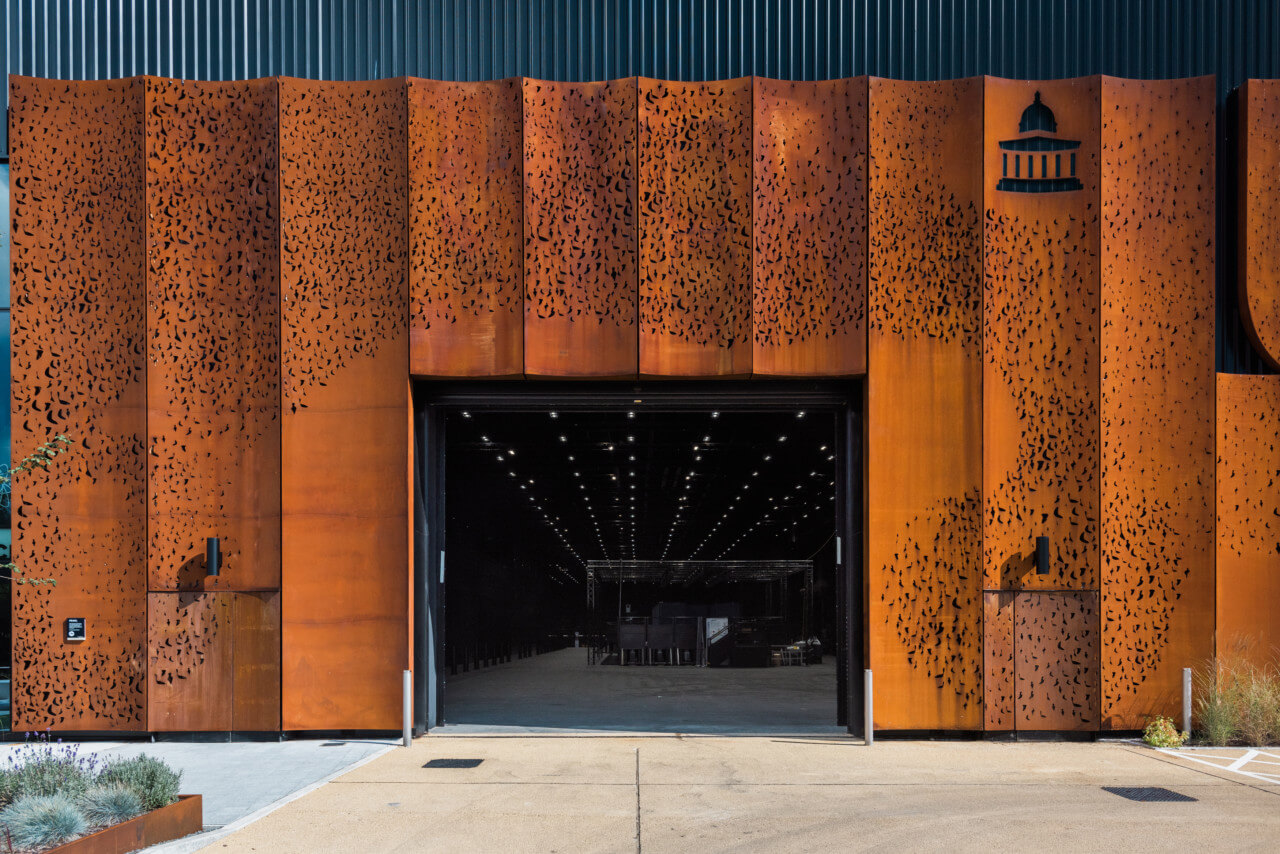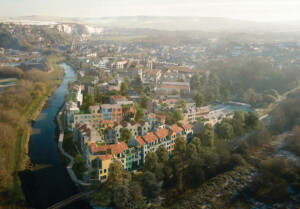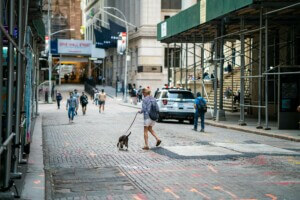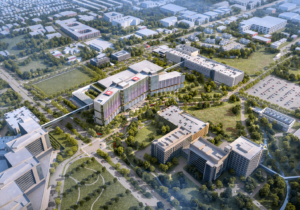In her pre-pandemic book How to Do Nothing, artist and writer Jenny Odell talks about her awakening to all the ambient noise that surrounds her usual walks through San Francisco. After seeing a performance at San Francisco’s Davies Symphony Hall that included John Cage’s 4’33”, a piece in which a pianist plays nothing for four-plus minutes, she refocused her attention on the sounds we tend to miss but that nevertheless make up the world and our perception of it.
“More than just the conventions of the symphony hall were broken open that night,” she said. “I walked out of the symphony hall down Grove Street to catch the MUNI, and heard every sound with new clarity—the cars, the footsteps, the wind, the electric buses. Actually, it wasn’t so much that I heard these clearly as I heard them at all. How was it, I wondered, that I could have lived in a city for four years already—even having walked down this street after a symphony performance so many times—and never have actually heard anything?”
Odell’s epiphany that evening is relevant to the focus of the Person-Environment-Activity Research Laboratory (PEARL), a new research laboratory at University College of London (UCL) devoted to the study of acoustics.
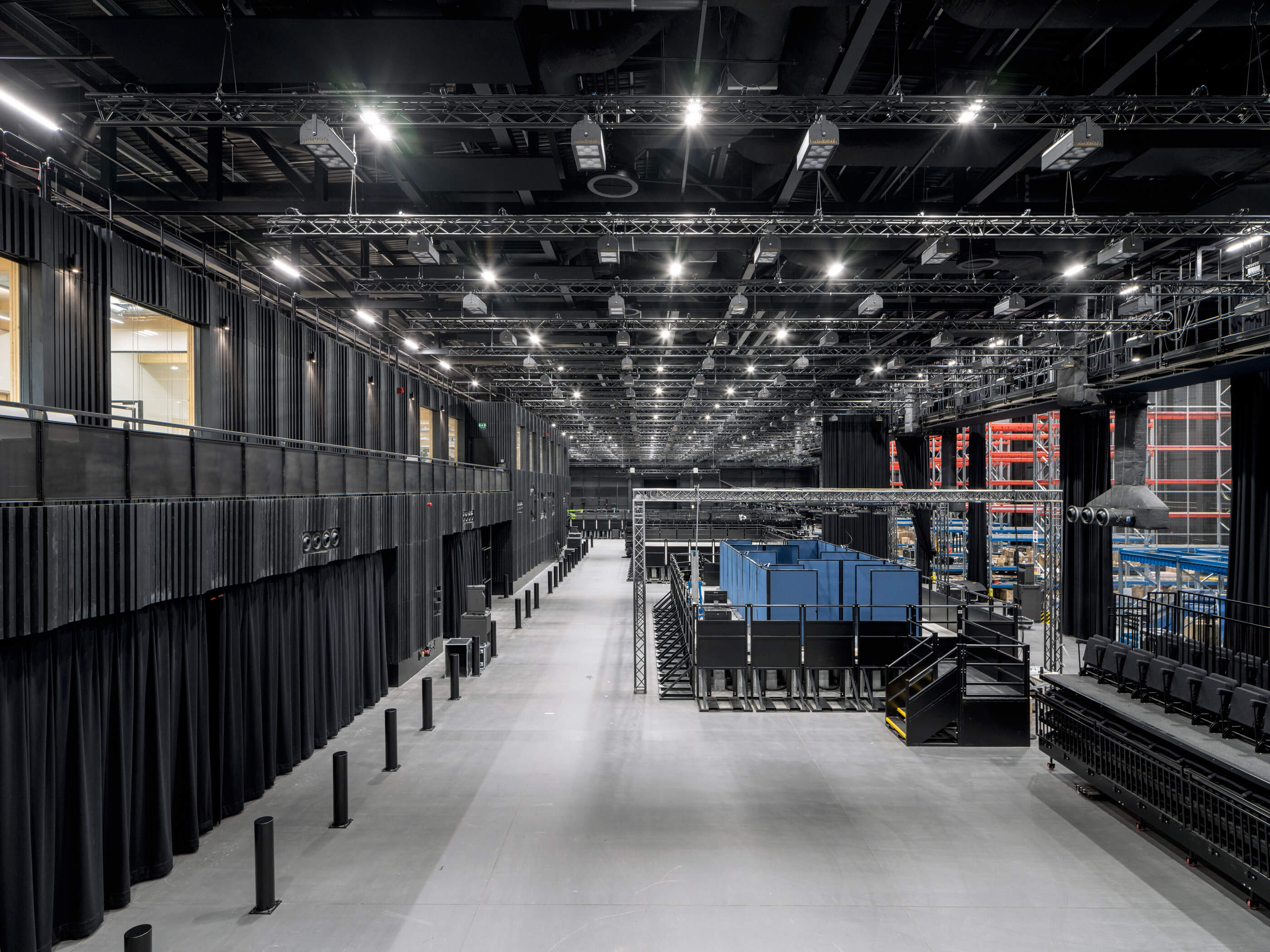
For many designers, acoustics, while important, are often nebulous and ancillary to more concrete architectural issues, a topic for specialists and consultants if even required on a given project. In a press release, French soundsystem manufacturer L-Acoustics called PEARL a “turnkey immersive sound ecosystem,” a closed world of curated scenarios that recreate an endless number of real-life sound and sensory conditions.
Designed by Penoyre & Prasad, a studio of Perkins & Will, the 43,000-square-foot PEARL is composed of a longspan steel structure for the lab, and a two-story cross-laminated timber (CLT) structure for a wing called The Groove that includes a lobby, workshops, and academic workspaces. A series of scalloped and perforated Cor-ten steel panels on the exterior, arranged on the results of a crowd flow analysis, adds interest and references the subject of study that will take place inside the lab. The rusted steel skin serves as an appropriately warm welcome for the industrial nature of the building, peeling back graphically to reveal a corrugated black metal base layer.
The interior of the building is the star, though. Painted almost entirely black, its grid of theatrical-style rig trusses that hang on the superstructure allows for complete customization of scenarios and environments.
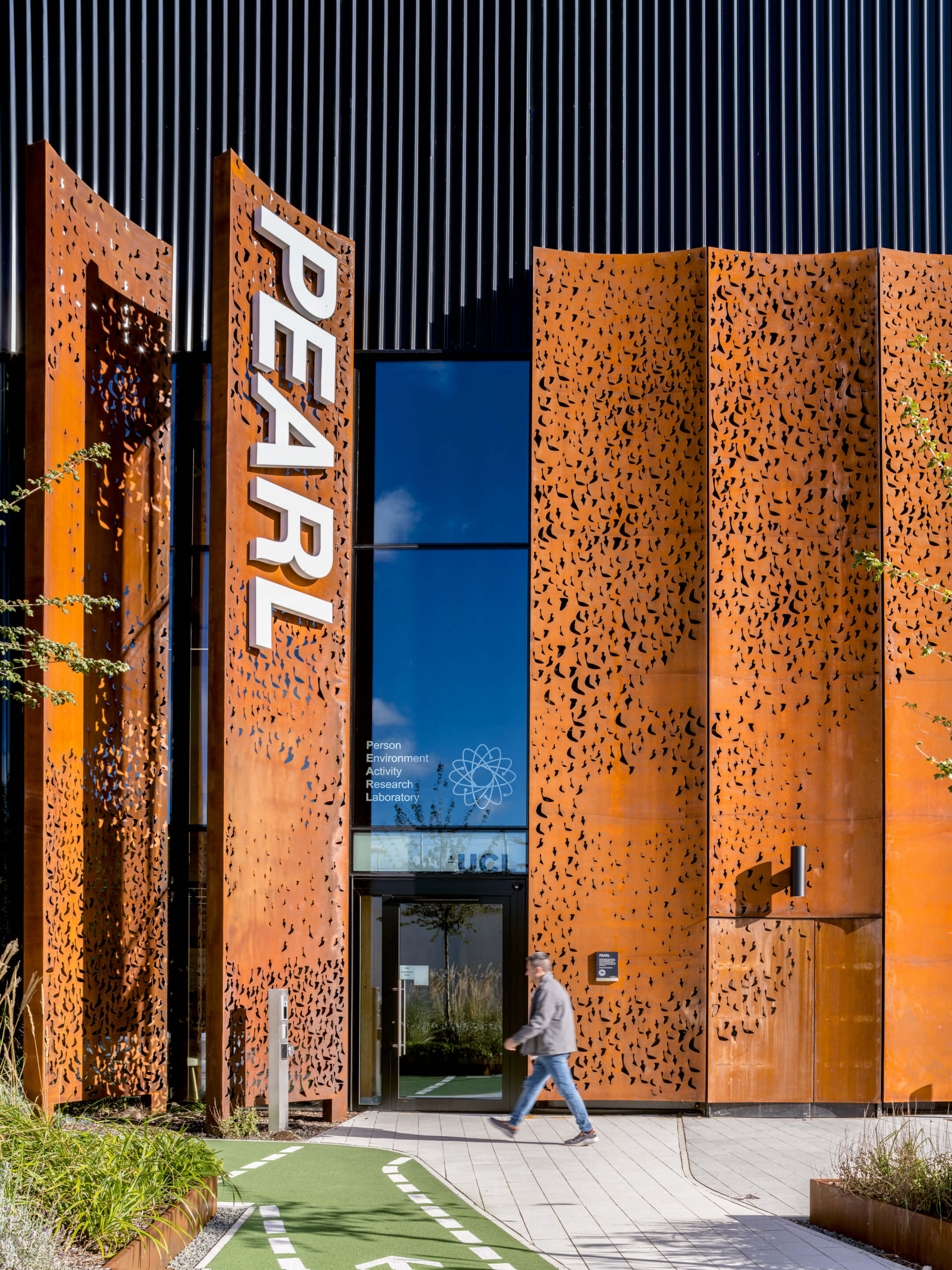
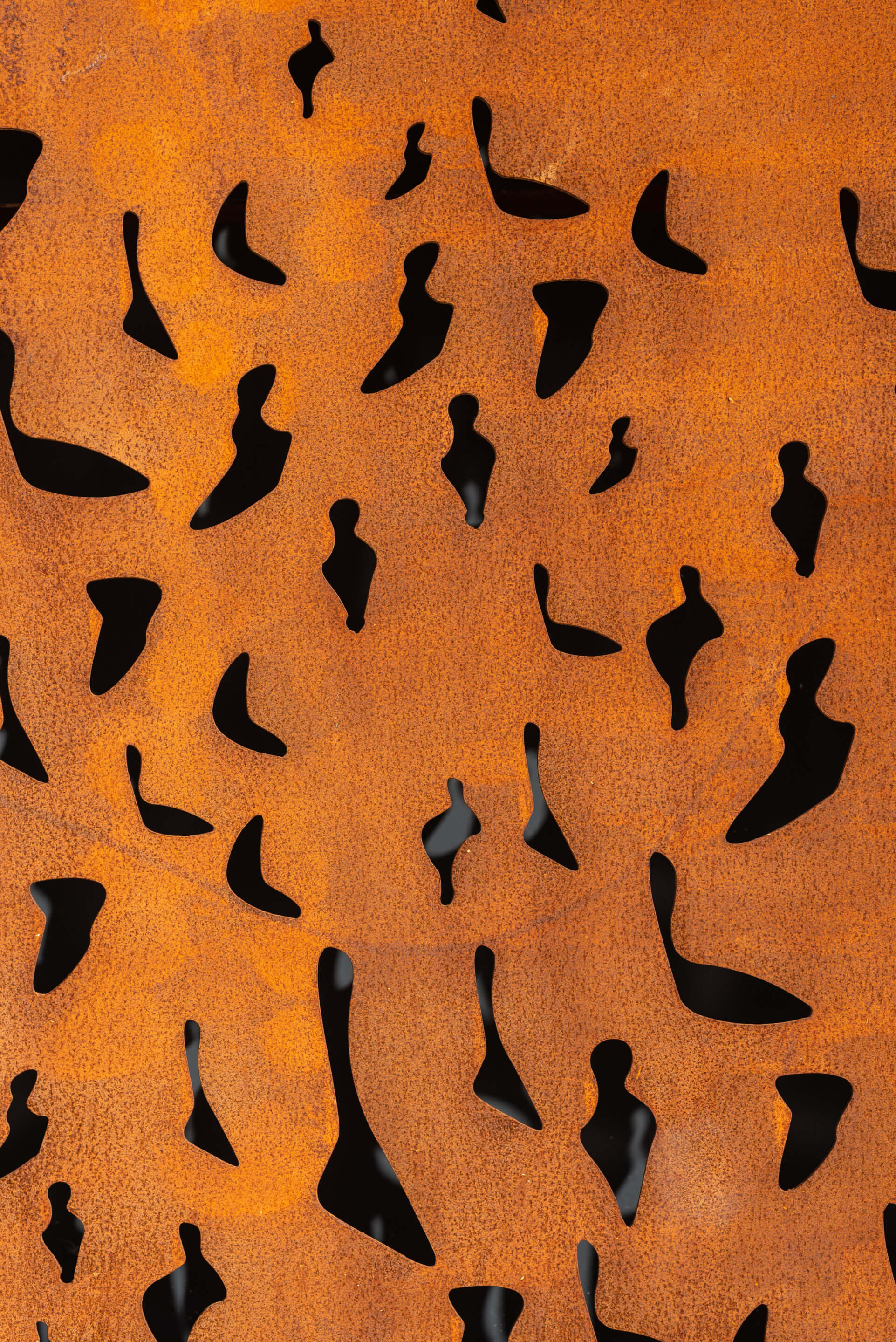
“PEARL is a place where we build environments,” said Professor Nick Tyler, director of the Centre for Transport Studies at the UCL CEGE. “We could build a street, a station, an airport; we can build a pedestrian square. We can build anything you like, really.”
Key to these simulations and the construction of a world, first and foremost, is sound. A collaboration between engineers at Arup, AV designers at Adlib, and L-Acoustics resulted in 150 L-Acoustics loudspeakers, subwoofers, and amplifiers installed to “recreate reality.” In addition to being able to completely customize sound environments down to the smallest details of ambient noise, the research teams are also able to adjust everything from lighting (horticultural lighting, for example, allows the simulation of both daylighting and nightlighting), colors, floor materials, visibility, and even scents to create 57 immersive test zones. The goal, the designers say, is to remove people’s “sense of ‘being in a building’” in order to study their interpersonal interactions under simulated conditions.
Odell reminds us that, for city-dwellers especially, sound often fades into the background of existence, white noise in sensing our surroundings. Perhaps the research coming out of PEARL will allow us to better appreciate those magical but ordinary sounds that form our environmental experiences.






